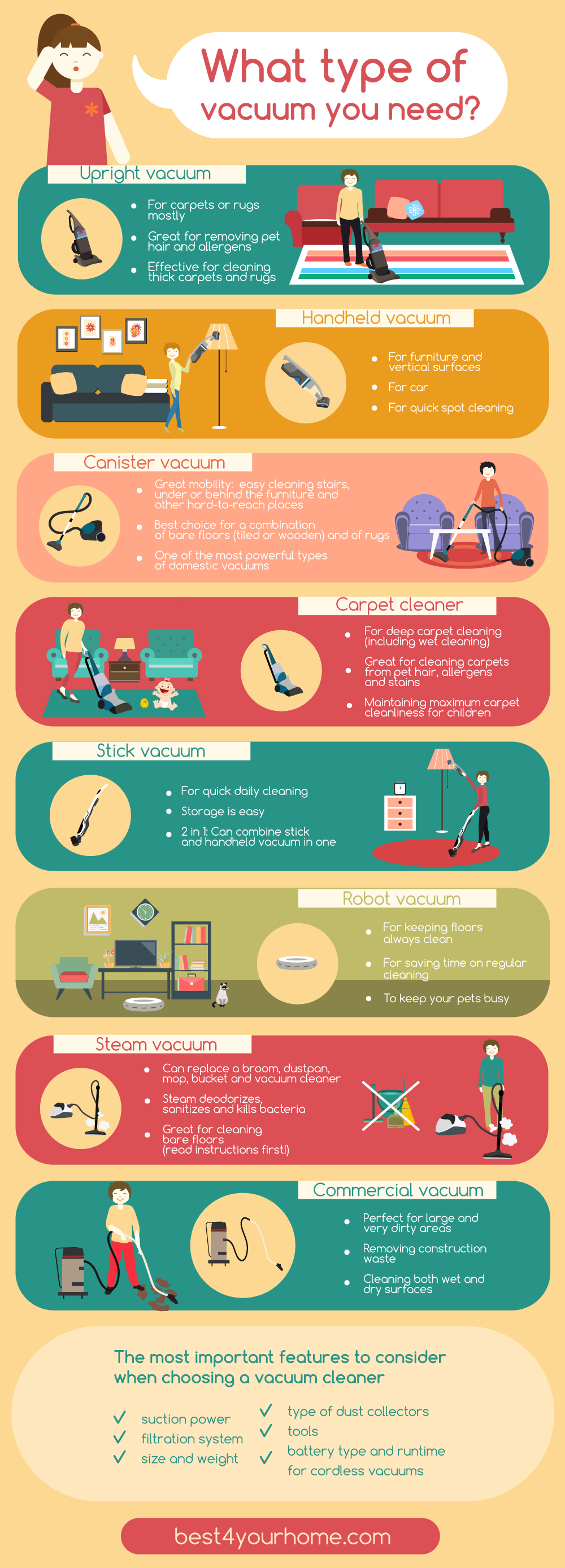You might not recognize how much allergens can build up in your carpetings. Dust mites, pet dander, and mold spores can all remain under the surface, influencing your interior air top quality. While routine vacuuming aids, it may not suffice. https://carpetcleaning09763.blogscribble.com/36566907/discover-just-how-to-enhance-carpet-longevity-in-high-traffic-locations-with-reliable-cleaning-approaches-that-will-certainly-leave-you-wanting-more-insights can make a substantial difference, however you need to recognize just how it works and what techniques are most effective. Let's explore the truth behind carpet Cleaning and its duty in reducing allergens in your home.
Comprehending Allergens in Carpets
While you might assume your carpet is just a comfy surface, it can actually harbor a variety of irritants. Allergen, animal dander, plant pollen, and mold and mildew spores can gather gradually, developing a harmful setting.
https://zenwriting.net/marylyn044clyde/ideal-carpet-cleaning-techniques-for-high-traffic-locations-ensuring-resilience can set off allergies, asthma, and other respiratory concerns. Each time you stroll across your carpet, you interrupt these irritants, launching them right into the air you breathe.
It's not practically aesthetics; your carpet can dramatically affect your interior air top quality. Regular vacuuming helps, yet it commonly isn't enough to get rid of all the allergens.
Understanding what hides in your carpet is essential for maintaining a healthy and balanced home. Understanding these hidden threats encourages you to take the required steps for a cleaner, more secure space.
The carpet Cleaning Process and Its Efficiency
To effectively deal with the irritants concealing in your carpet, understanding the Cleaning procedure is important. When you vacuum, you get rid of surface particles, but much deeper allergens typically stay.
Professional carpet Cleaning generally entails hot water removal or heavy steam Cleaning, which permeates rugs more thoroughly. This technique loosens dirt, dust mites, and other irritants, allowing them to be extracted.
Additionally, some cleansers use specialized solutions created to break down allergens, improving performance. It's vital to select a respectable service that makes use of suitable strategies and tools.
Routine Cleaning, regarding every 6 to twelve months, helps preserve a healthier atmosphere. While carpet Cleaning significantly minimizes irritants, it's important to combine this with other steps for ideal outcomes.
Best Practices for Reducing Allergens in your house
Routine carpet Cleaning is simply one part of preserving a healthy home setting. To better reduce irritants, think about using high-efficiency particulate air (HEPA) filters in your vacuum and air purifiers.
Dust surface areas regularly with a wet cloth to catch fragments instead of sending them airborne. Maintain humidity degrees below 50% to dissuade mold growth; a dehumidifier can assist with this.
Laundry bed linen and drapes frequently in hot water to get rid of dust mites. Choose hard surface floor covering when feasible, as it's easier to cleanse and less most likely to nurture irritants.
Finally, avoid making use of rough chemicals; they can aggravate level of sensitivities. By complying with these practices, you'll develop a healthier home on your own and your family members.
Conclusion
In conclusion, carpet Cleaning is an efficient means to reduce allergens in your home, yet it's simply one part of the option. By on Check This Out Cleaning your carpets and incorporating it with techniques like making use of HEPA filters and managing humidity, you can create a healthier living atmosphere. Do not ignore the effect of specialist Cleaning methods like warm water extraction-- they can make a significant difference in your indoor air top quality. Do something about it now for a cleaner, allergen-free home!
